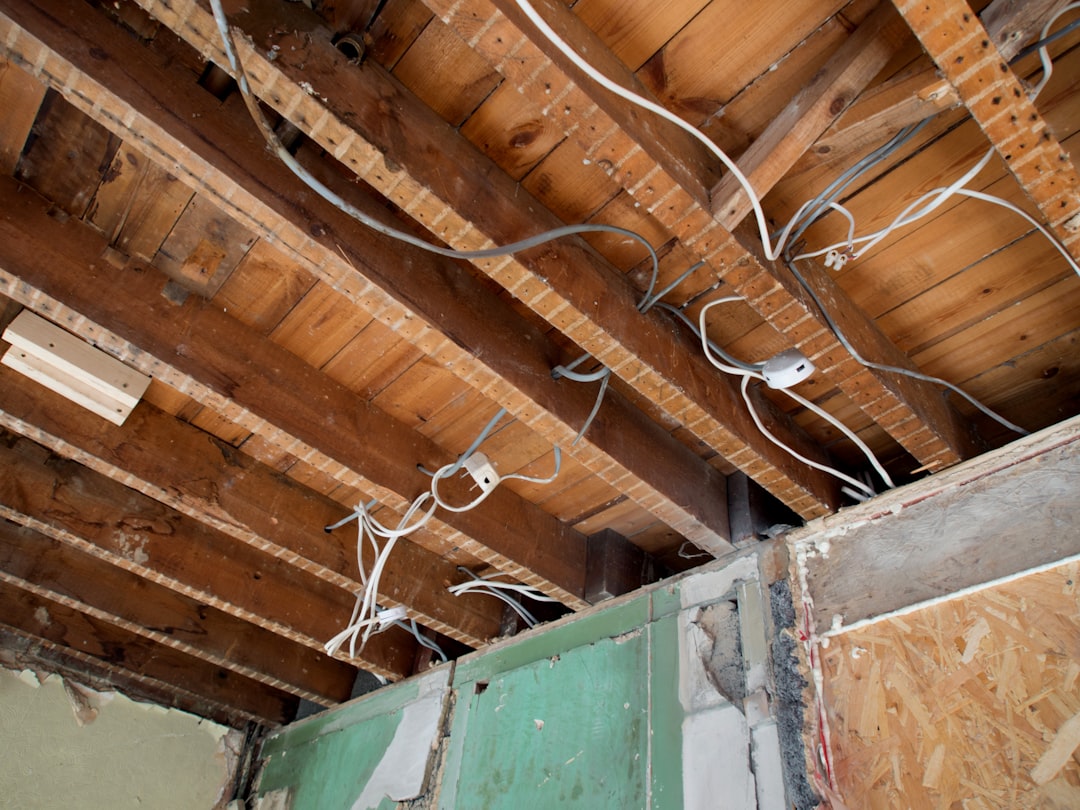
New York’s residential buildings range from historic brownstones to sleek high-rises, but one factor unites them all—stringent electrical requirements. Faulty wiring is the leading cause of residential fires statewide, and local inspectors enforce some of the toughest codes in the country. Choosing the right partner for electrical wiring in NY therefore isn’t optional; it is the foundation of safety and long-term performance.
The New York State Uniform Fire Prevention and Building Code adopts—then tightens—the National Electrical Code (NEC). Homeowners and remodelers must account for:
• Dedicated circuits for kitchens, laundry rooms, and HVAC equipment
• Arc-fault and ground-fault protection in living spaces and bathrooms
• Copper conductors sized for New York’s voltage drop allowances
• Mandatory energy-efficient lighting controls in renovations
Missing any of these details can stall a project at inspection and trigger costly rework. CountBricks electricians stay current through weekly code workshops, and our AI platform automatically flags any blueprint symbol that fails local requirements.
Homeowners typing this phrase typically fall into three groups:
1. New construction buyers finalizing builder allowances
2. Remodelers upgrading kitchens, baths, or service panels
3. Brownstone owners modernizing knob-and-tube systems
Each group values cost transparency and speed—to secure financing or keep renovation schedules on track. CountBricks responds with instant material counts, labor hours, and line-item costs, all generated in real time while we talk to you on-site or over video.
Upload a PDF, speak your vision, and watch CountBricks extract every outlet, breaker, and fixture in seconds. Our engine applies current NY pricing pulled from supplier APIs so your estimate remains accurate, even when copper prices spike.
Our mobile app turns site walks into live quotes. Say, “Add two 20-amp circuits here,” and CountBricks instantly recalculates wire footage, breaker count, and labor. Homeowners sign off on the updated scope before we leave the driveway.
Every CountBricks estimate converts to a task list that aligns with NY inspection checkpoints:
• Rough-in nail-plate inspection
• Service disconnect clearance verification
• Final AFCI/GFCI testing log
This sequencing keeps crews efficient and inspectors satisfied.
1. Service Size Upgrades
Switching from 100-amp to 200-amp service averages 15–20% of total budget but supports modern appliances and EV chargers.
2. Conduit Requirements
NYC mandates metallic conduit for most interior runs in multi-family builds. Material and labor add roughly $4–$6 per linear foot versus NM cable.
3. Permit and Inspection Fees
Expect $300–$1,200 depending on borough and project scope. CountBricks files digital permit packets the same day your estimate is approved, compressing lead times by up to a week.
1. Voice consultation and AI estimate: same day
2. Permit submission: within 24 hours of signed proposal
3. Rough-in start: 3–5 business days after permit acceptance
4. Rough-in inspection: scheduled by CountBricks, usually day 7–9
5. Trim-out and final inspection: day 12–15
A 1902 three-story residence required full rewiring while preserving plaster walls. CountBricks scanned original blueprints, overlaid modern circuit layouts, and generated a $32,750 fixed-price quote during a single site visit. Our low-profile fishing techniques limited wall openings to fewer than a dozen 2-inch cuts—saving the owner $8,000 in plaster repairs. Final inspection passed on the first attempt.
• Instant cash-flow: Automated invoices mean you get paid on schedule
• Reduced change orders: Real-time scope updates eliminate surprises
• Documentation: Our platform archives permits, test results, and manuals for future resale disclosures
Ready for safe, code-compliant electrical wiring in NY? Visit CountBricks.com/services/electrical to book a voice consultation. In less time than a coffee break, you’ll receive a detailed, inspector-ready estimate backed by CountBricks’ workmanship guarantee.

• Bundle projects: Adding recessed lighting? Combine it with a service panel upgrade to save on permit fees and mobilization costs.
• Opt for smart breakers: They cost more upfront but can eliminate separate AFCI and GFCI devices, reducing labor hours.
• Plan appliance loads early: Share your EV charger or heat-pump specs during estimating so conductor sizes are right the first time.
The homeowner wanted task lighting, island outlets, and under-cabinet LED strips. Traditional bidding produced three conflicting quotes. CountBricks arrived with our voice-driven tablet, captured the scope in under 15 minutes, and issued a $6,480 fixed proposal by the time we reached the driveway. Material variance stayed within 2 % of the initial count, and the final bill matched the estimate dollar for dollar.
1. The moment you approve a proposal, CountBricks.com/permits auto-fills DOB forms with project data.
2. Our rules engine checks conductor sizes, breaker ratings, and AFCI locations against the latest NY amendments.
3. Digital packets are submitted to the city portal within 24 hours—often before competitors have even typed their material list.
Visit CountBricks.com/consultation or call our voice bot to schedule a walkthrough. Whether you’re rewiring a pre-war co-op or outfitting a new smart home, CountBricks delivers electrical wiring in NY that passes inspection the first time, every time.